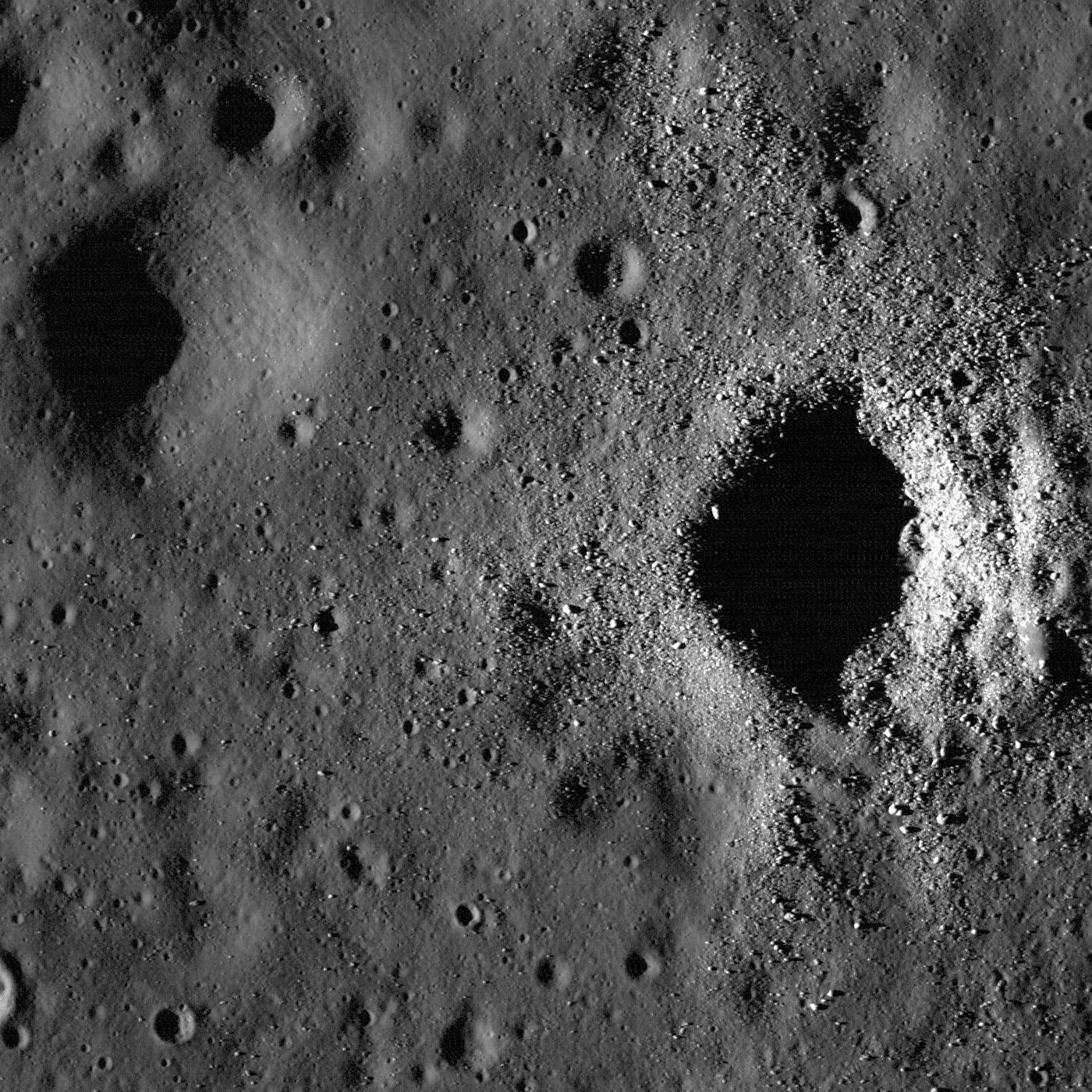The Independent's journalism is supported by our readers. When you purchase through links on our site, we may earn commission.
A Chinese lunar lander found water on the Moon — and now we know where it came from.
Chinese lander confirms signs of water in lunar soil come from the Moon and not outside sources

Your support helps us to tell the story
From reproductive rights to climate change to Big Tech, The Independent is on the ground when the story is developing. Whether it's investigating the financials of Elon Musk's pro-Trump PAC or producing our latest documentary, 'The A Word', which shines a light on the American women fighting for reproductive rights, we know how important it is to parse out the facts from the messaging.
At such a critical moment in US history, we need reporters on the ground. Your donation allows us to keep sending journalists to speak to both sides of the story.
The Independent is trusted by Americans across the entire political spectrum. And unlike many other quality news outlets, we choose not to lock Americans out of our reporting and analysis with paywalls. We believe quality journalism should be available to everyone, paid for by those who can afford it.
Your support makes all the difference.China’s Chang’E-5 lunar lander made the first ever on-site measurement of water in lunar soil in 2020, but questions remained about where the water came from.
In a new paper published in the journal Nature Communications, researchers analyzing the samples on Earth have an answer as to where the water came from: The Moon.
It’s not as obvious an answer as it seems.
Water and hydroxyl — the latter consisting of a single hydrogen atom paired with an oxygen atom, instead of the two hydrogen to one oxygen of water — had been found in samples of lunar regolith taken by the Apollo program. Chang’E-5 also detected hydroxyl in its lunar rock and soil samples.
Hydroxyl often results from water chemically interacting with other material, but can also be formed by chemical reactions, and some theories hold that the hydroxyl resulted from hydrogen atoms carried by the solar wind interacting with the lunar soil. Chang’E-5 took its samples during low points in solar wind activity to help minimize the impact of that source of hydrogen on its measurements.
The analysis published Tuesday shows that while one-third of hydroxyl in the Chang’E-5 samples originated in the solar wind, the majority of the hydroxyl was found in a mineral common to Earth and the Moon known as apatite. That means water likely played a role in the crystallization of the lunar magma that formed the basalt rock at the Chang’E 5 landing site in the Oceanus Procellarum region, according to the corresponding author of the study, LI Chunlai of the National Astronomical Observatories of the Chinese Academy of Sciences.
Oceanus Procellarum translates as “sea of storms.”
"This excess hydroxyl is indigenous, demonstrating the presence of lunar-originated internal water in the Chang’E-5 lunar samples," Dr LI said in a statement. "The results accurately answer the question of the distribution characteristics and source of water in the Chang’E-5 landing zone and provide a ground truth for the interpretation and estimation of water signals in remote sensing survey data."
China’s future lunar missions, Chang’E-6 and 7, will continue the search for signs of water on the lunar surface. It’s a research project with both academic and practical implications, since China, like the United States, hopes to land humans on the Moon in the near future.
"By investigating lunar water and its source, we are learning more about the formation and evolution of not just the Moon itself, but also the solar system,” added Dr LI. “In addition, lunar water is expected to provide support for future human lunar in-situ resources."
Join our commenting forum
Join thought-provoking conversations, follow other Independent readers and see their replies
Comments